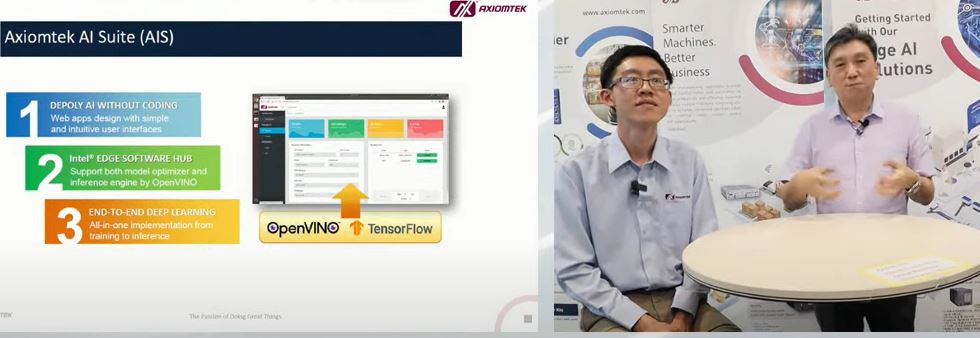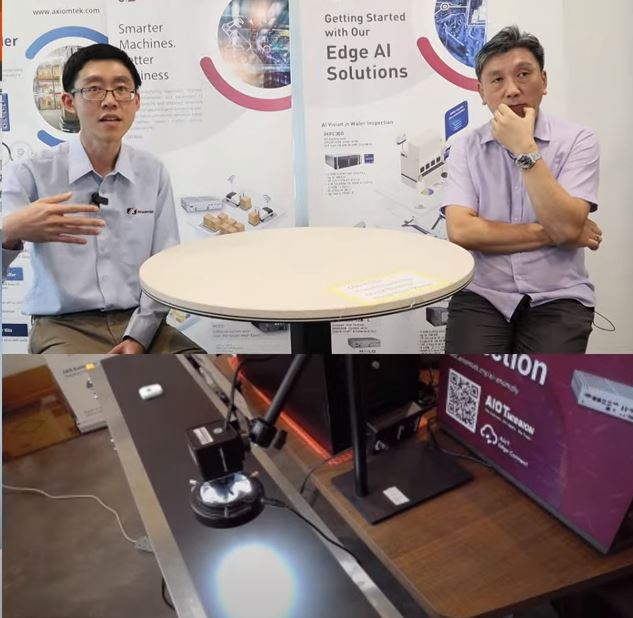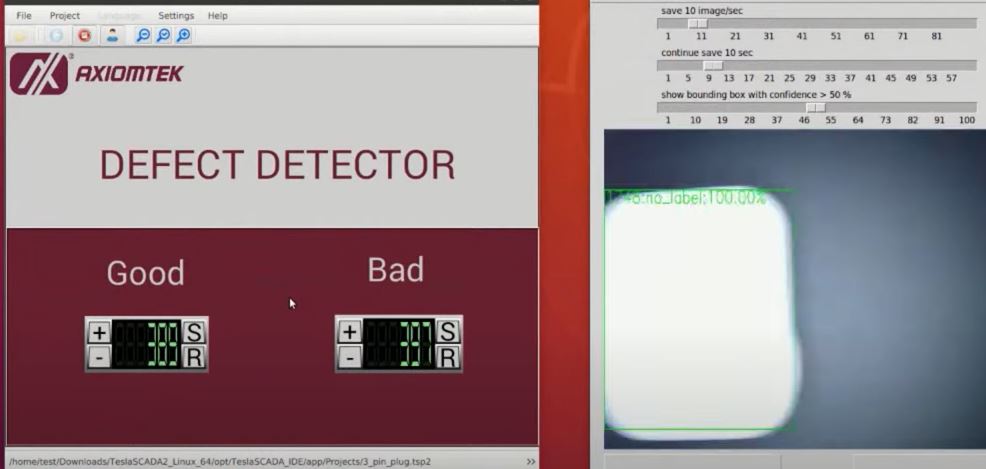Industrial Transformation with Deep Learning AI

How extensive does AI able to reduce the head count in the Manufacturing process?
The question was asked in the beginning of the “Sembang” AIoT session this round. Are you interested to know more? lets “sembang”!
What is Deep learning AI?
In simple terms, deep learning AI is a type of computer technology that learns to do tasks by itself, kind of like how you learn new things over time. Imagine you’re teaching a robot how to recognize cats in pictures. You’d show it lots of pictures of cats and tell it, “These are cats.” Then, the robot uses what it’s seen to figure out what a cat looks like. Deep learning AI works similarly but with a massive amount of data and complex math. It’s called “deep” because it learns from many layers of information, like peeling layers of an onion to get to the core. This technology has become really good at recognizing patterns in data, from identifying faces in photos to understanding spoken language. It’s used in things like voice assistants, self-driving cars, and even in healthcare for diagnosing diseases from medical images. Essentially, deep learning AI helps computers learn and make decisions on their own, making our lives easier and more efficient.
Deep learning AI has its roots in the field of artificial neural networks, which have been around for several decades. However, significant advancements in deep learning, particularly in the form of deep neural networks, started gaining attention around the early 2010s.
One of the pivotal moments in the history of deep learning AI was the ImageNet Large Scale Visual Recognition Challenge (ILSVRC) in 2012. This competition showcased the effectiveness of deep convolutional neural networks (CNNs) in image classification tasks, significantly outperforming traditional machine learning methods. The winning entry, AlexNet, demonstrated the potential of deep learning to revolutionize computer vision tasks.
Since then, deep learning research has accelerated, leading to numerous breakthroughs in various domains, including natural language processing, speech recognition, robotics, healthcare, and more. Researchers and engineers continue to refine deep learning algorithms and architectures, contributing to its ongoing evolution and widespread adoption.
So, while the foundational concepts of deep learning have been around for some time, its explosive growth and impact on the field of artificial intelligence are more recent, particularly over the past decade.
Deep learning AI has revolutionized industrial transformation in several ways:
Predictive Maintenance: Deep learning algorithms can analyze sensor data from industrial equipment to predict potential failures before they occur. By detecting anomalies and patterns in the data, maintenance can be scheduled proactively, minimizing downtime and reducing maintenance costs.
Quality Control: Deep learning AI enables automated visual inspection systems to detect defects in manufactured products with high accuracy. By analyzing images or sensor data in real-time, these systems can identify imperfections and deviations from quality standards, ensuring only high-quality products reach the market.
Optimized Production Processes: Deep learning algorithms can optimize manufacturing processes by analyzing data from various sources, such as production line sensors, supply chain information, and historical data. This analysis helps identify inefficiencies, streamline operations, and improve overall productivity.
Supply Chain Management: Deep learning AI can enhance supply chain management by predicting demand, optimizing inventory levels, and identifying potential disruptions. By analyzing data from diverse sources, including historical sales data, market trends, and external factors, deep learning models can provide valuable insights for decision-making in logistics and supply chain operations.
Customization and Personalization: Deep learning algorithms can analyze customer preferences and behavior to enable personalized product recommendations and customization options. By leveraging data from customer interactions, purchase history, and demographic information, manufacturers can tailor their offerings to individual preferences, enhancing customer satisfaction and loyalty.
Energy Efficiency: Deep learning AI can optimize energy consumption in manufacturing facilities by analyzing data from energy meters, sensors, and other sources. By identifying opportunities for energy savings and implementing adaptive control strategies, manufacturers can reduce their environmental footprint and operating costs.
Overall, deep learning AI has transformed industrial processes by enabling predictive capabilities, automation, optimization, and personalized experiences. By harnessing the power of data and advanced algorithms, manufacturers can drive innovation, efficiency, and competitiveness in the global marketplace.

In the manufacturing environment, there are many vision inspection problem statement where it can be resolved with the latest Vision AI technology.

We demonstration the AIS objection detection onto a 3 Pin power plug label with normal USB camera running about 80FPS to detect the lable on a running conveyor belt.
In this demonstration, we show cased the SCADA and AI integration where all AI data is feed to the SCADA software for data presentation and manipulation.

To find out more about the AIS ( The AI suite development tool) check at Axiomtek AIS.
To find out more about our services and solutions Click here.
We have done demonstration on the simulated OEE tracking with AIoT, you may explore more from the past sharing as well.
To watch our live session subscribe to our youtube channel via this:-
